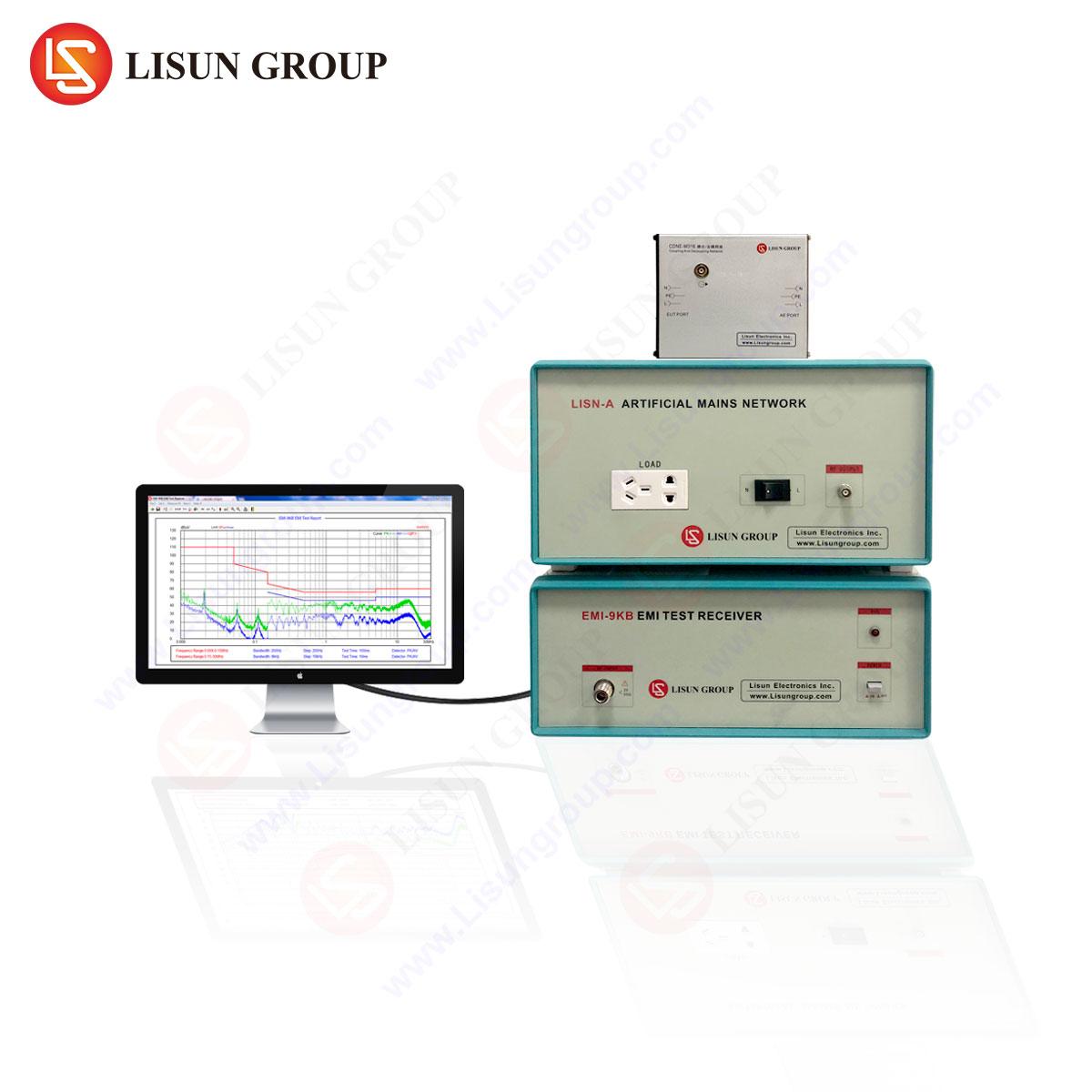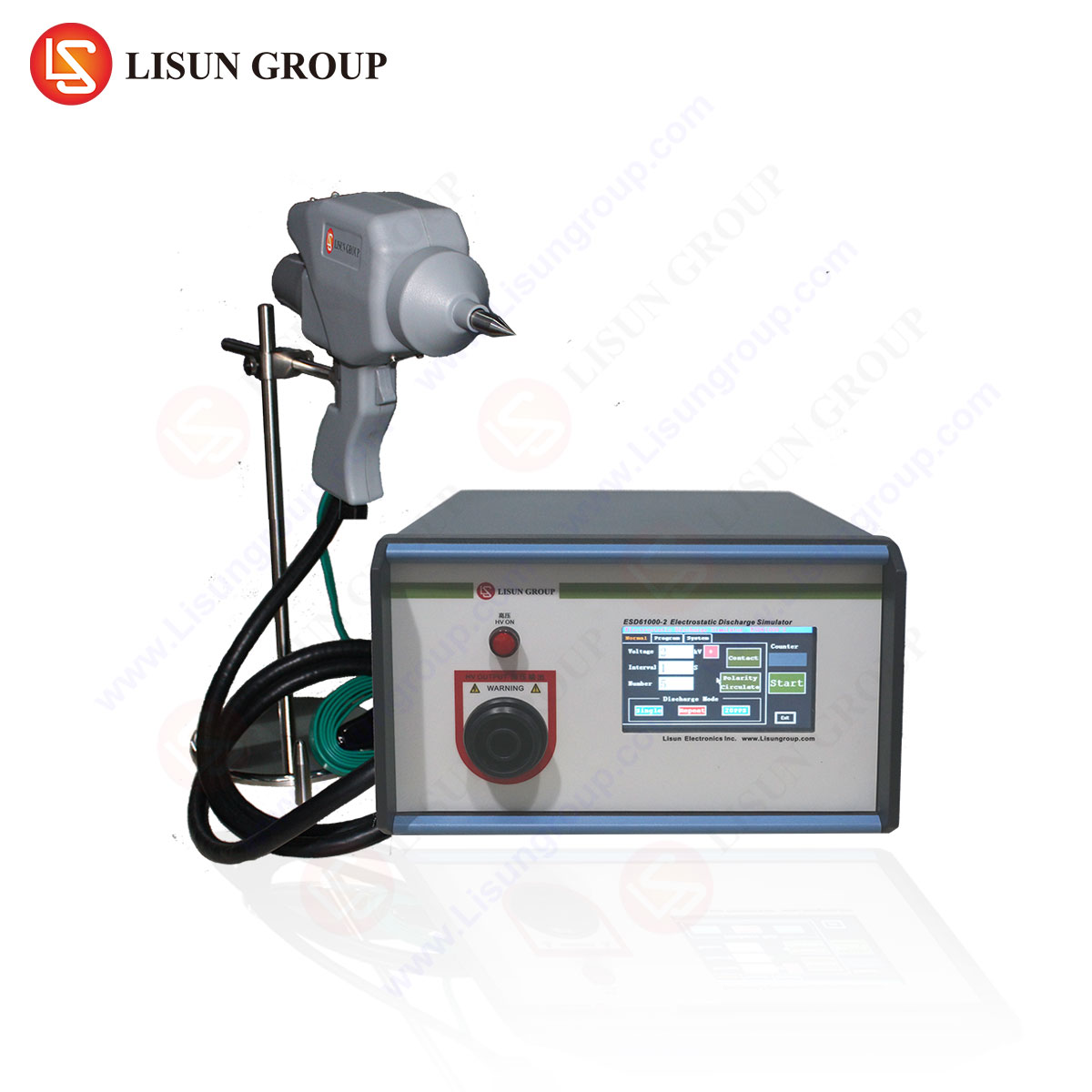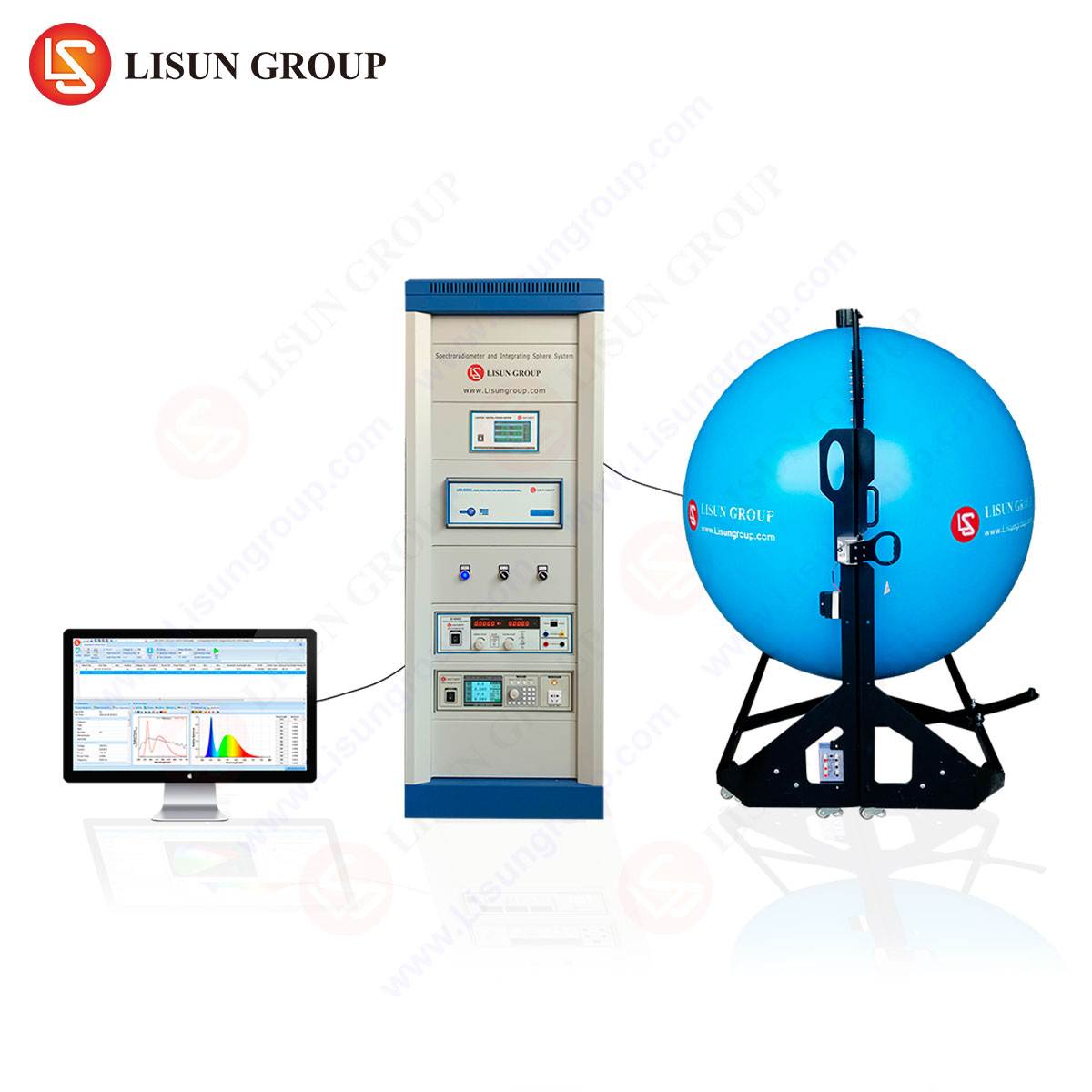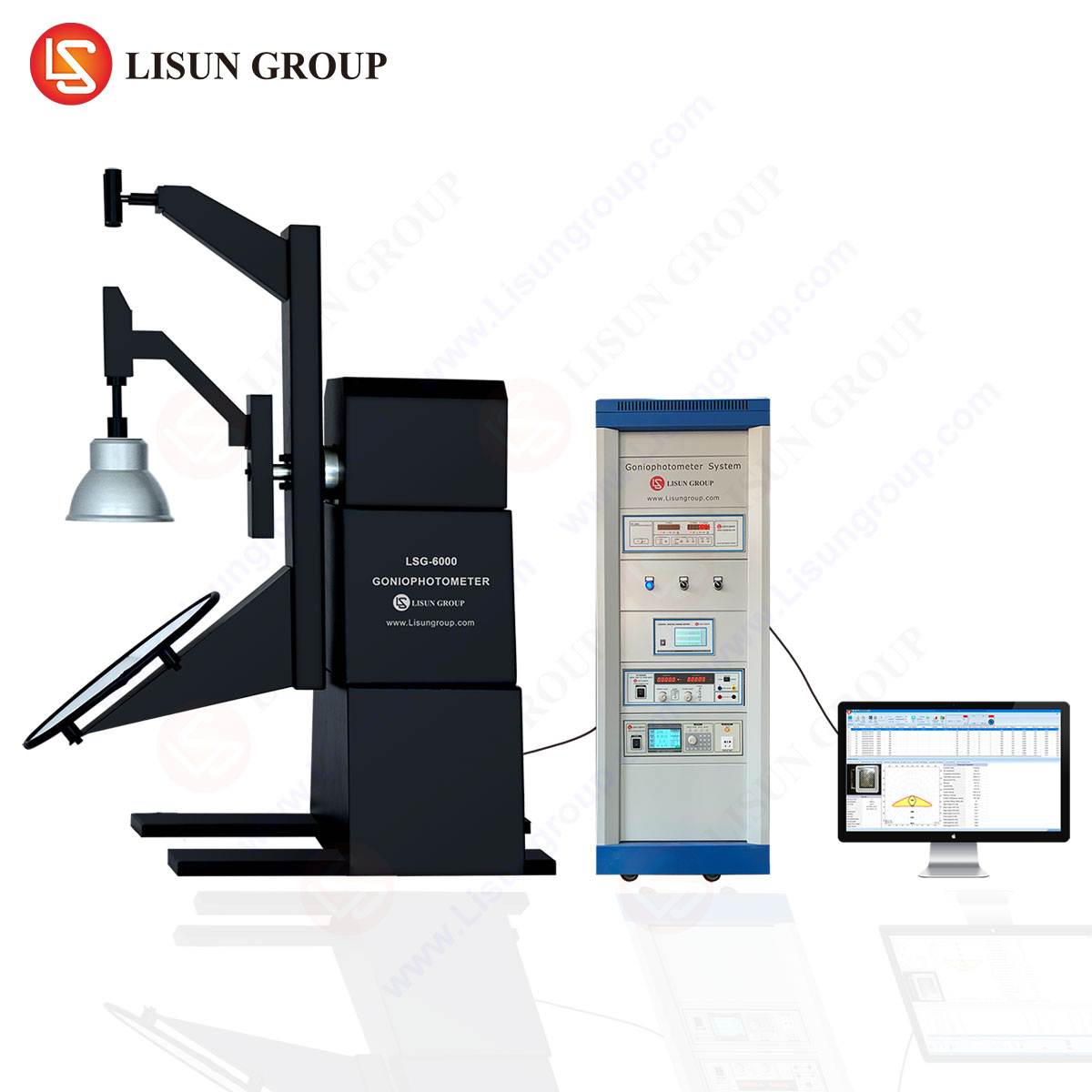Integrating spheres are essential instruments for measuring luminous flux, spectral power distribution, and colorimetric properties of light sources. Their uniform spatial response and high diffusivity enable precise measurements across industries such as LED manufacturing, automotive lighting, and aerospace. This article provides a technical comparison between LISUN and Labsphere integrating spheres, with a focus on the LISUN LPCE-2/LPCE-3 Spectroradiometer Integrating Sphere System, its specifications, and competitive advantages.
The internal coating of an integrating sphere determines its reflectance efficiency and measurement accuracy. LISUN employs BaSO₄ (Barium Sulfate) or PTFE-based diffuse coatings, achieving reflectance rates exceeding 95% in the visible spectrum. Labsphere typically uses proprietary Spectraflect® or Spectralon® coatings, which offer similar reflectance but may differ in long-term stability under high-intensity testing.
The LPCE-2/LPCE-3 systems feature molded sphere designs with minimized seam interference, reducing measurement deviations caused by structural inconsistencies. Labsphere spheres often utilize segmented construction, which may introduce minor reflectance variations.
The LPCE-2/LPCE-3 supports a 380–780nm spectral range (extendable to 200–2500nm for specialized configurations), aligning with CIE 177, CIE-13.3, and IES LM-79 standards. Labsphere spheres typically cover similar ranges but may require additional calibration accessories for extended UV or IR applications.
Calibration traceability is critical for compliance with NIST, DIN, and ISO 17025 standards. LISUN provides NIST-traceable calibration certificates, while Labsphere offers similar traceability but at a higher cost due to proprietary calibration protocols.
The LPCE-2/LPCE-3 integrates a high-resolution CCD spectroradiometer with 0.1nm wavelength accuracy, enabling precise measurements of:
Labsphere systems often require separate spectrometers, increasing setup complexity. The LPCE-2/LPCE-3’s all-in-one design reduces integration time, making it preferable for high-throughput environments such as LED production lines and automotive headlamp testing.
The LPCE-2/LPCE-3 complies with IES LM-79-19 for LED efficacy testing, ensuring accurate luminous efficacy (lm/W) measurements. Labsphere systems are similarly compliant but may necessitate additional modules for flicker analysis (IEEE 1789).
For SAE J575 and ECE R112 compliance, the LPCE-3’s high dynamic range (HDR) capability ensures accurate measurements of adaptive headlamps and matrix LED systems. Labsphere’s solutions are widely used but may lack integrated flicker measurement.
The LPCE-3 meets FAA and DO-160G standards for cockpit displays and navigation lights. Its temperature-stabilized detector ensures reliability under varying environmental conditions.
For IEC 62341 and DisplayHDR validation, the LPCE-3’s low stray light error (<0.1%) outperforms many Labsphere configurations in OLED and micro-LED display testing.
Q1: How does the LPCE-3 ensure accuracy in high-power LED testing?
The system employs active cooling and linearity correction to maintain precision under high radiant flux conditions.
Q2: Can the LPCE-2 measure UV and IR emissions for photovoltaic testing?
Yes, with an extended-range spectrometer (200–2500nm option), it complies with IEC 60904-9 for solar cell spectral response.
Q3: What distinguishes LISUN’s software from Labsphere’s solutions?
The LMS-9000 includes pre-configured test templates for LM-79, EN 13032-1, and ANSI C78.377, reducing manual setup errors.
Q4: Is the LPCE-3 suitable for marine navigation light certification?
Yes, it meets IALA and COLREG standards for luminous intensity and angular distribution.
Q5: How does Labsphere’s Spectralon compare to LISUN’s BaSO₄ coating in humid environments?
Spectralon offers marginally better humidity resistance, but LISUN’s sealed sphere design mitigates moisture ingress effectively.







